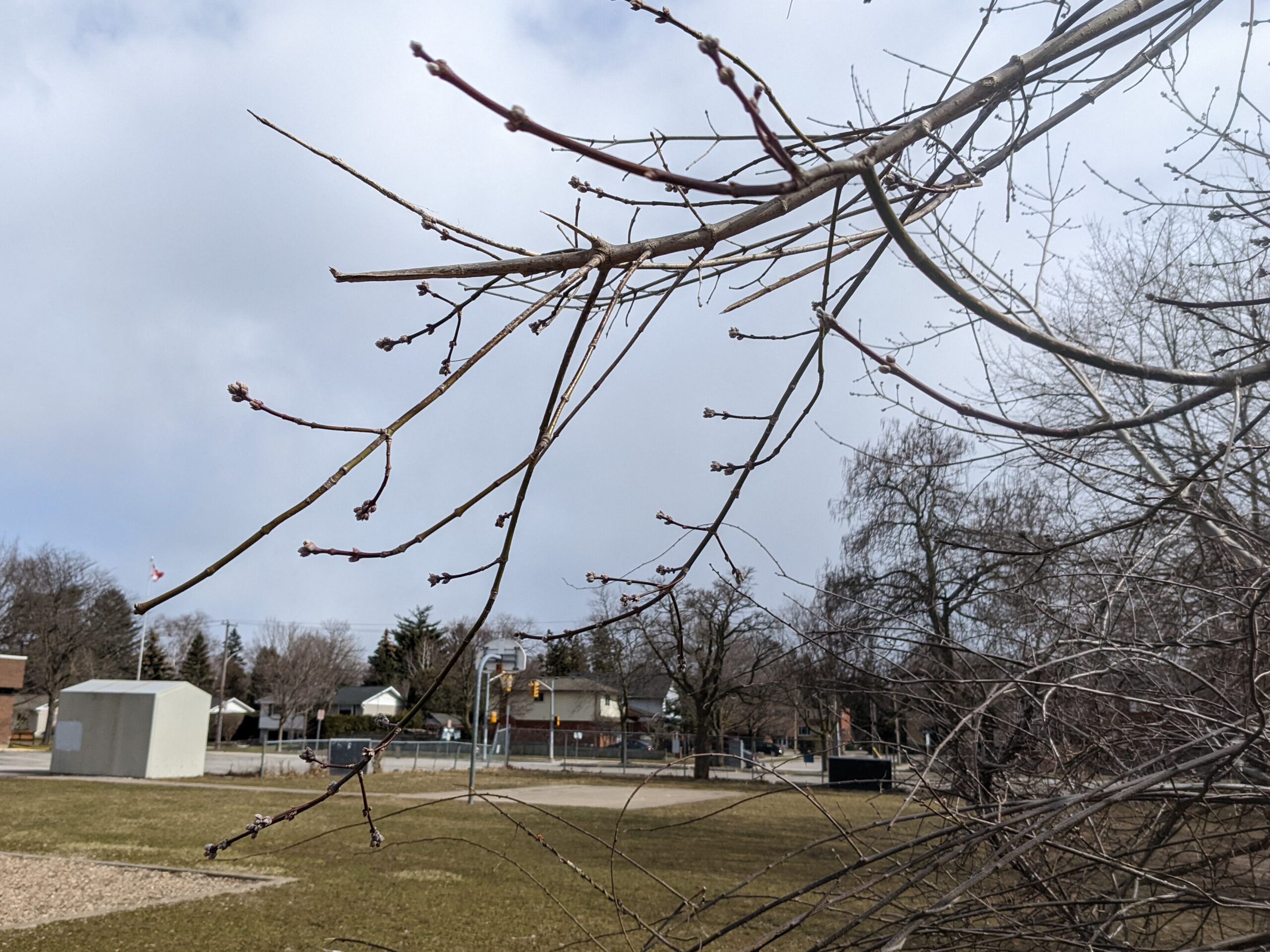Right before wave six of the pandemic started to crest, all of the restrictions were lifted. This also included my office requiring us to go back to the office two days per week. Along with adjusting to commuting, packed lunches, and wearing work clothes, comes in-person meetings.
For almost a year I’ve grown used to the pros and cons of virtual meetings. One of my big challenges with off-camera virtual meetings is you can’t tell what anyone is thinking or doing. I recently facilitated a virtual meeting with about 10 attendees. It was a live demonstration of a process. If this had been in person I could have read body language and made eye contact. It would have been easier to determine if people were following along. Maybe even more people would have been following along. Point being, it’s almost impossible to tell when all I see is a row of colored circles with initials and muted microphones.
However, the flip side of this is reading body language and making eye contact. Admittedly, this is something with which I need practice. I haven’t attended an in-person meeting in over two years. In that time, I also haven’t attended a lot of gatherings, social events, or even casual meet ups with friends for lunch or drinks. My non-verbal skills are weak and lacking.
Our office tried to open in November, but ultimately closed again because of Omicron. I remember last fall feeling some trepidation about navigating meetings. However, back then, we were still required to mask in meeting rooms. I also anticipated most meetings would still be hybrids, much like now, so counted on being able to attend from the semi-privacy of my cubicle.
This time feels different, as though we’re opening for real, even though wave six is still raging. We can remove masks in meeting rooms, if distancing is possible. Though we still need to wear them in common areas. Sooner or later, I’ll have to attend a meeting in person, without a mask. I’m sure it will feel awkward at first. I won’t be able to roll my eyes freely. Or quietly munch on a snack with the microphone muted. However, as we re-adjust to our post-pandemic normal, I suppose this will just be one more thing we need to navigate. Or re-acquaint ourselves with.

